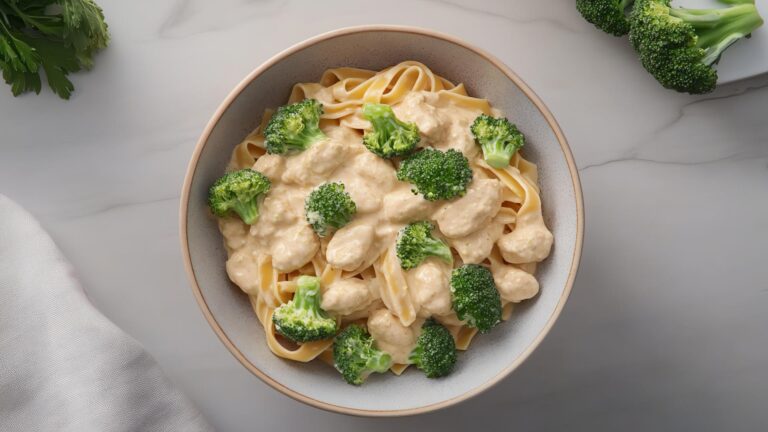If you ever waited in front of your oven wondering how long it takes before your pizza comes out golden, crisp, and irresistible, you are not alone. The truth is that there is no single answer to how long does it take to cook a pizza because every oven, dough, and topping combination tells its own story. Some pizzas bake fast in blazing heat, while others need time to let their flavors come together slowly. The secret lies in finding that perfect balance between temperature, crust texture, and your choice of ingredients.
Factors That Affect Pizza Cooking Time
The pizza cooking time never stays the same for everyone. It changes with the tools you use, the dough you make, and even the amount of cheese you love. Every detail adds a few extra minutes or takes them away.
Oven Type
Different ovens create different results. A conventional oven usually requires a bit more patience since the heat surrounds the pizza from all sides without direct airflow. A convection oven pushes hot air around, cutting the pizza cooking time shorter while giving you an even bake. Air fryers have become a fun modern option, especially for small pizzas, because they cook fast while keeping the edges firm. Then there is the classic wood-fired oven, which delivers flavor and texture that no electric oven can match. The intense heat sears the dough in moments, sealing in that rustic taste every pizza lover dreams of.
Crust Thickness
A thin crust reaches the ideal texture quickly, while a thicker base takes a little longer for the center to bake properly. When the base is too thick, the edges might brown before the middle finishes, so a steady temperature ensures everything cooks evenly.
Toppings and Cheese
Your choice of toppings can change everything. Vegetables release moisture as they cook, which extends the total pizza cooking time. Heavy cheese or sauce can slow it down too. The right balance of toppings ensures every bite feels fresh and flavorful without making the crust soggy.
Temperature
The higher the temperature, the shorter the time your pizza needs in the oven. When the heat stays steady, your crust gains a crisp texture, while the cheese melts evenly. Finding the perfect temperature is the foundation of mastering how long does it take to cook a pizza.
Another Good Read: How Do I Know What Generation My AirPods Are?
Ideal Oven Temperature for Pizza
Temperature sets the tone for everything. It defines the texture of your crust, the flavor of your cheese, and the color of your toppings. For a conventional oven, the ideal range stays between 450°F and 500°F, which gives a well-baked crust in about 12 to 15 minutes. A convection oven does the same job at slightly lower heat between 425°F and 450°F and usually finishes in 8 to 12 minutes.
Those who cook in a wood-fired oven experience a different world. Temperatures rise between 700°F and 900°F, and pizzas come out perfectly cooked in less than three minutes. That kind of heat creates charred edges, soft centers, and an aroma that feels authentic and old-world. If you use an air fryer or toaster oven, set the heat around 375°F to 400°F, and your pizza will be ready in 7 to 10 minutes.
Knowing the right oven temperature for pizza gives you control. It helps you avoid burning the edges before the center finishes and allows your pizza to bake with harmony from crust to cheese.
Cooking Times for Different Types of Pizza
Homemade Pizza
When you prepare dough from scratch, the moisture in your ingredients matters a lot. The homemade pizza bake time stays around 12 to 15 minutes at 475°F. If you use fresh toppings with extra moisture, extend the bake slightly. Baking it on a pizza stone or steel gives better results because it stores heat and transfers it evenly to your crust.
Frozen Pizza
Many people rely on frozen pizza for convenience, yet it also has its own timing. The frozen pizza cooking time usually ranges between 12 and 18 minutes at 400°F. Thin varieties bake faster, while deep-dish versions can need a few more minutes. Always preheat the oven before sliding it in to ensure the crust cooks properly without staying doughy at the bottom.
Wood-Fired Pizza
The wood-fired pizza has earned fame for its short cooking duration and smoky flavor. It takes only about one to three minutes to finish because of the fierce heat. This method creates a light char on the crust and melts the cheese quickly while preserving the dough’s soft interior. The flavor that comes from the wood smoke brings depth and a signature taste that stands apart from other types.
How to Know When Your Pizza Is Done
The best way to judge whether your pizza is done comes from observation. The crust should turn golden brown and feel firm when tapped. The cheese must bubble gently with faint golden spots forming on top. The bottom of the crust should feel crisp rather than doughy. That tells you the crispy pizza crust has reached perfection. One of the perfect pizza tips is to lift the pizza slightly with a spatula to check the bottom without letting too much heat escape. A balanced color and texture mean your pizza has reached the ideal moment to serve.
Expert Tips for Perfectly Cooked Pizza Every Time
- If you wish to master pizza baking at home, the key lies in small details.
- Always preheat your oven for at least twenty minutes before placing your pizza inside. That initial blast of heat helps the crust expand instantly, giving it a beautiful texture.
- A pizza stone or steel absorbs and distributes heat, which prevents soggy centers and guarantees a crisp base.
- Allow your dough to rest at room temperature before baking so that it stretches without tearing.
- Rotate the pizza halfway through to ensure even exposure to heat on all sides. These methods serve as practical perfect pizza tips that elevate any recipe, from frozen to freshly made.
Final Thoughts
The question of how long does it take to cook a pizza never ends with one answer because it depends on so many delicious variables. The oven, crust, toppings, and temperature all join together to decide the outcome. A traditional oven takes about fifteen minutes, while a wood-fired setup completes the magic in barely two. When you understand how each element plays its role, you can create your ideal texture and flavor every time. Whether you crave a thin crispy slice or a soft chewy bite, your control over pizza cooking time ensures that each homemade creation becomes your personal masterpiece.





